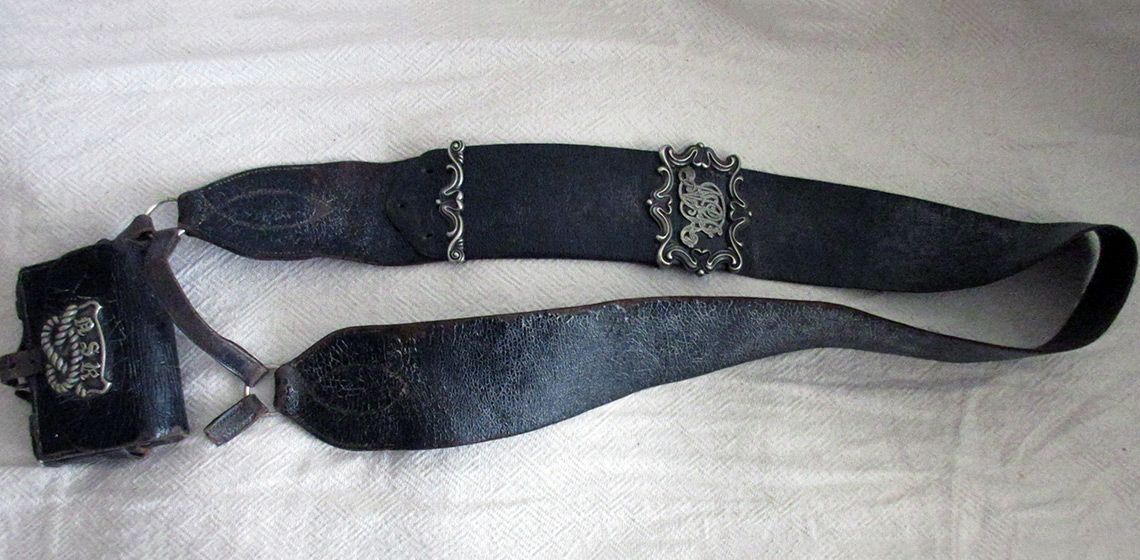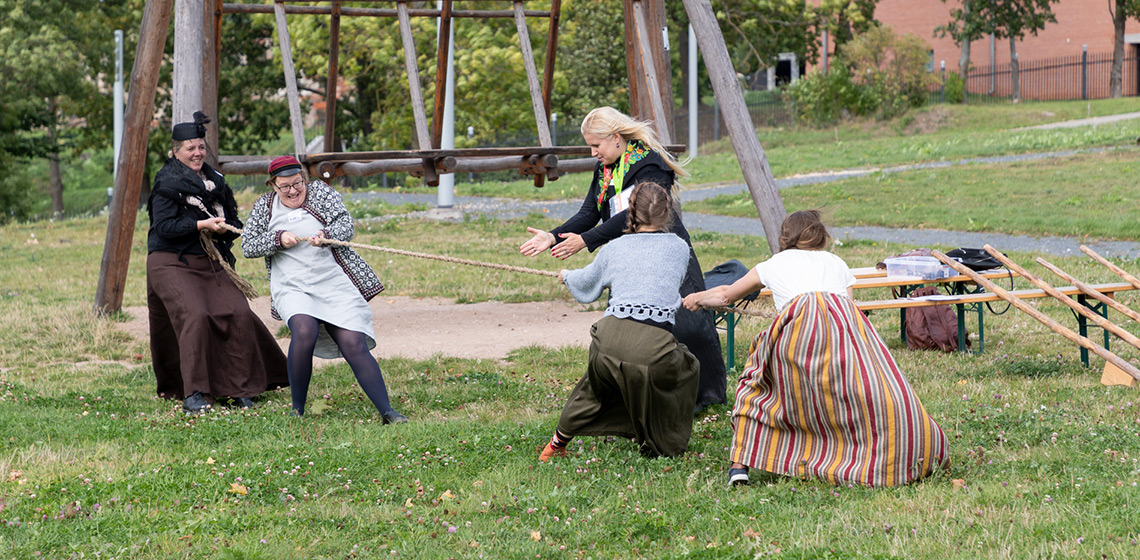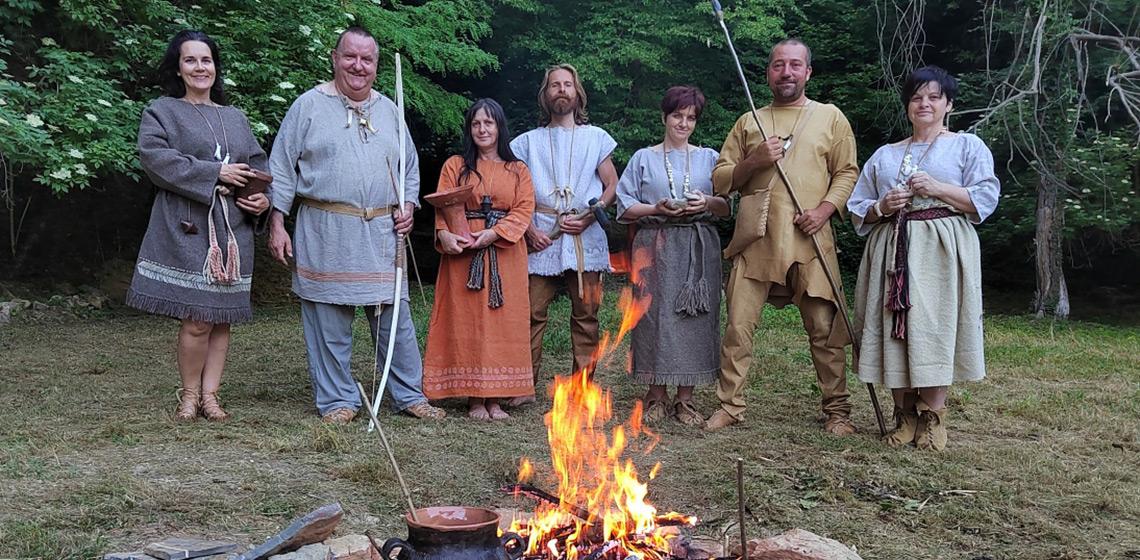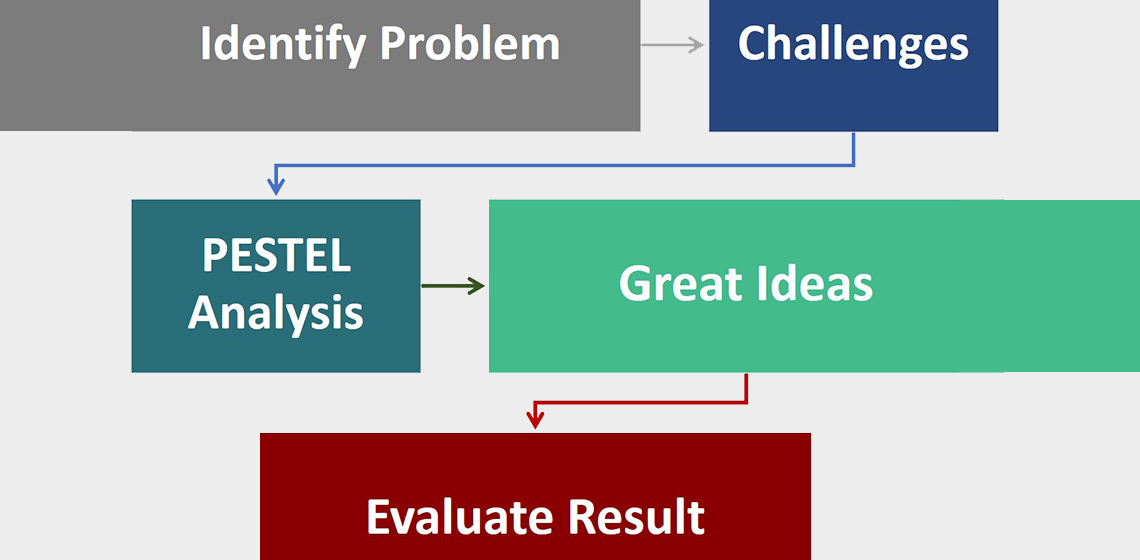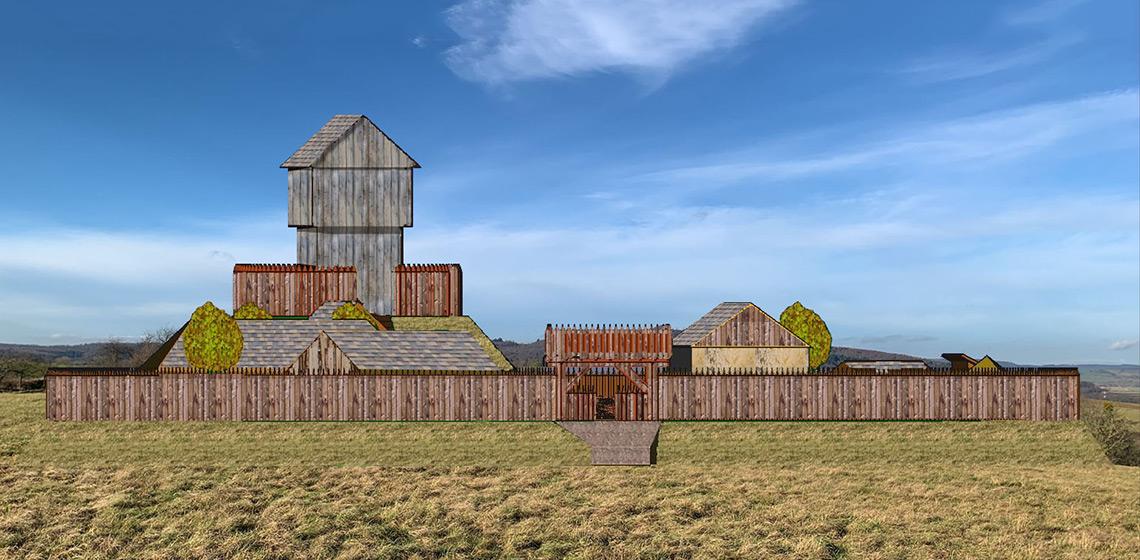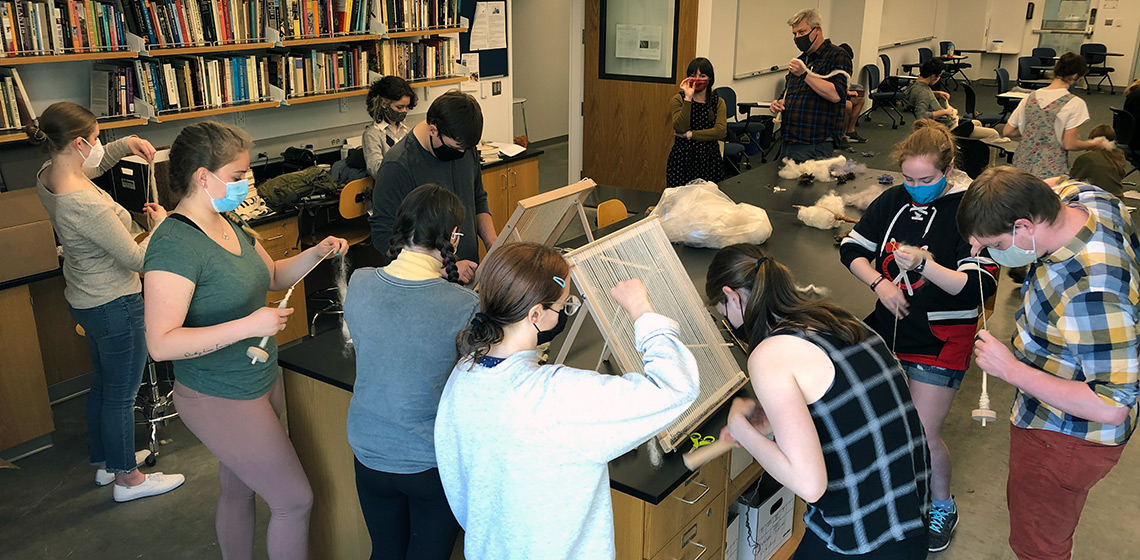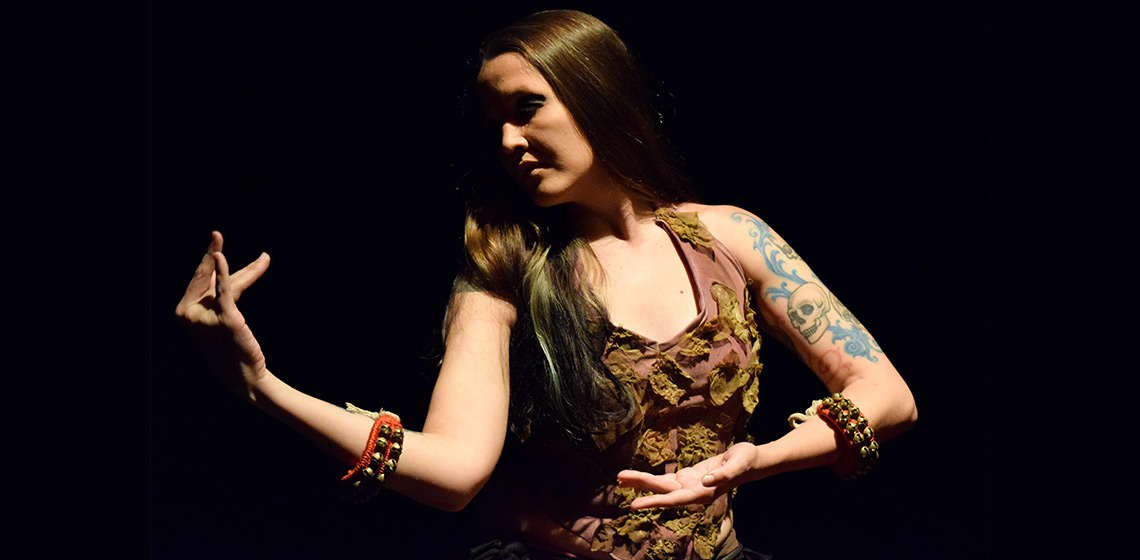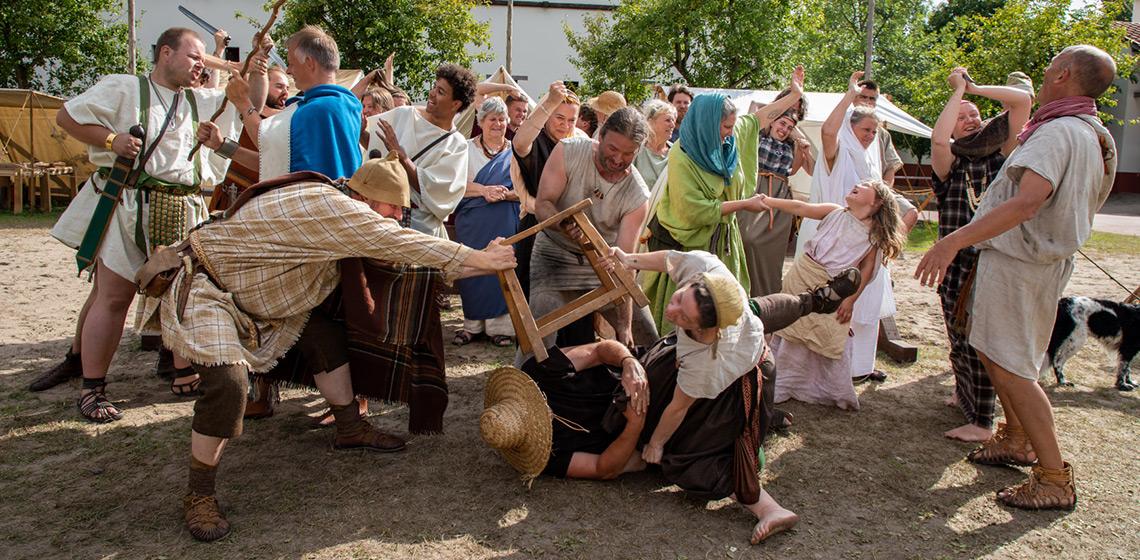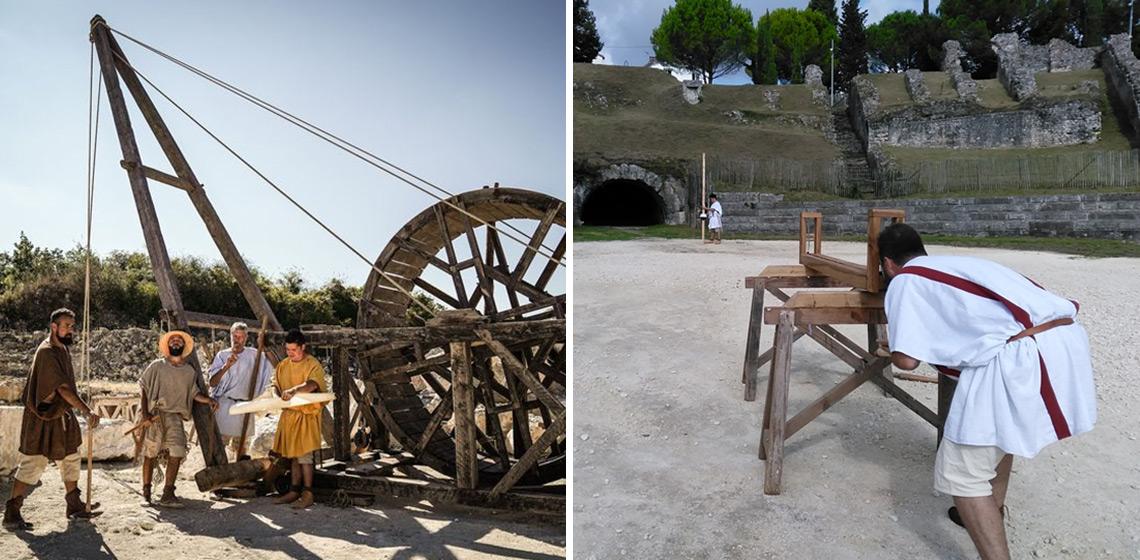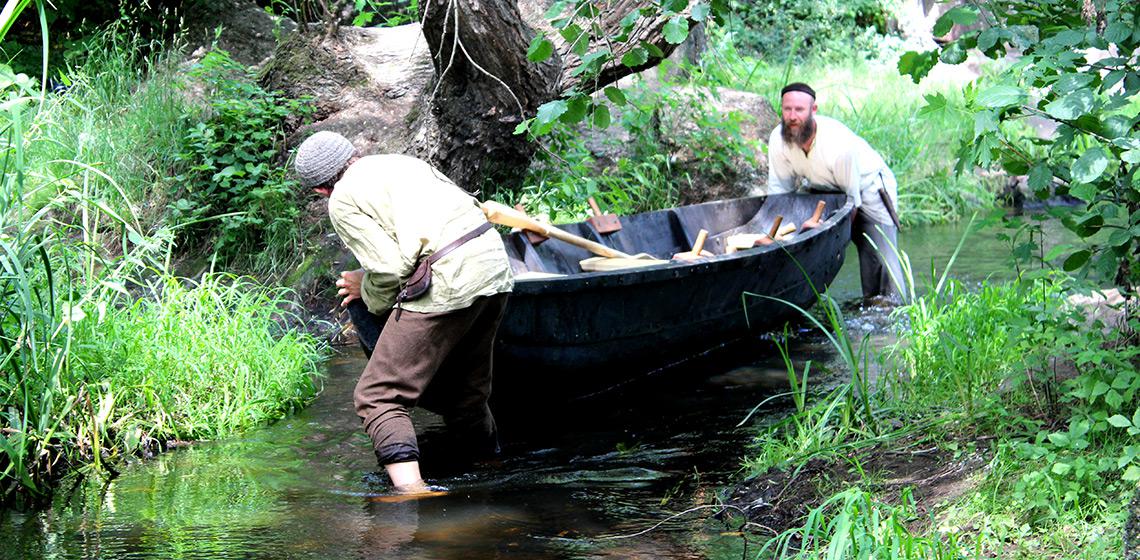Interpretation
Time travel – a Great Method to Strengthen Cooperation between Museums and Schools. The Experience of Nationwide Time Travels in Estonia.
Zavod Svibna (SI)
Svibna Institute is a non-profit non-governmental organization that has been operating in the field of sustainable rural development since 2005. The impetus and inspiration for our work is the nearby Ajdovska Cave near Nemška vas, an archaeological site – a den of a cave bear from 50,000 years ago, a sanctuary and necropolis from the younger Stone Age, and at the same time also a natural value of national importance – a karst cave and a summer refuge for a maternity colony of bats.
Strategy of Presenting Prehistoric Sites Like an Open-air Stand. Why and How and from a Sustainable Development Perspective
Introduction
One of the heritage resources of prehistoric sites, where prehistory is a diverse and wide-ranging field of study, appears as the triple determination between geography and climate, humans and their type of social organisation. Prehistory has bequeathed us evocative monuments and landscapes from the earliest human occupation, spanning enormous environmental and technological changes, and including several human species. Thus, prehistoric sites have great meaning in both natural and cultural history.
Förderverein Burg Hofraite e.V. (DE)
The non-profit association Burg Hofraite e. V. operates the motte and bailey project as a contribution to the development of the history of the settlement situation in the middel of germany. The aim is not to reconstruct a previously existing castle, but to gain knowledge of medieval building techniques, tools, building materials, etc. with the help of experimental archaeology. techniques and materials are used and tested that allow conclusions to be drawn about building techniques of the 11th century. In order to meet the requirements of experimental archaeology, the entire process from planning to final completion will be scientifically accompanied and documented.
Launching an Experimental Archaeology Course at the Undergraduate Level
The Experimenter's Body: Movement as an Artifact
Legio Secunda Augusta Nederland (NL)
Legio Secunda Augusta Nederland is a dutch living history group that aims to portray the Roman and native life in the Netherlands in the first and second century AD.
We try to show a cross section of life in a roman encampment and neighboring vicus. In addition to the recognizable Roman legionaries, the military department also consists of auxilia, or the auxiliary troops that can come from our region, but also from the many other corners of the Roman Empire. A centurion, optio make sure the drill is flawless. The medicus will show of his fine Pompeian tools, tell his favorite medical stories and might even perform a surgery or two.
Les Fabri Tignuarii (FR)
The Fabri Tignuarii association is specialised in the restitution of ancient building sites.
We focus mainly on the period from the end of the 1st century AD to the beginning of the 3rd century AD, which represents, in Gaul and the neighbouring regions, the building impetus that endowed the towns with substantial public buildings and the countryside with sumptuous villae. We aim to reconstruct these buildings, the way they were erected, as well as the tools and knowledge which were necessary, so as to obtain durable and credible results. The craftsmen who make up our team have been trained for more than 10 years in the restoration of historical monuments.
NGO "Chorna Galych" (UA)
Chorna Halych is a public organization that unites professional and amateur historians, artists, craftspeople and people who are interested in the medieval history and culture of Ukraine, and its role and place in the European area. Therefore, we are engaged in research, recreation and implementation of everyday life, cuisine, art, crafts and military matters of the Galician and Volyn lands of the Kingdom of Rus in the 13th and 14th centuries. The main tasks of the organization are social development and education.
Large part of our activity is interaction with youth, increasing their level of interest in history by involving them in interactive classes and training in medieval swordplay.
We present our activity mainly with lectures, interactive lessons of living history, thematic events that take place in educational institutions or archaeological (open-air) museums.
Crafts and areas in which Chorna Halych members take part at:

